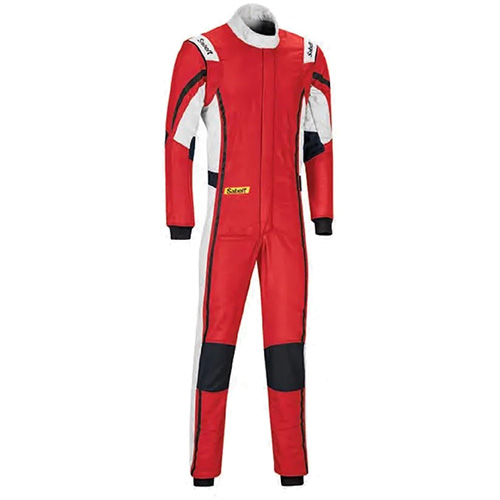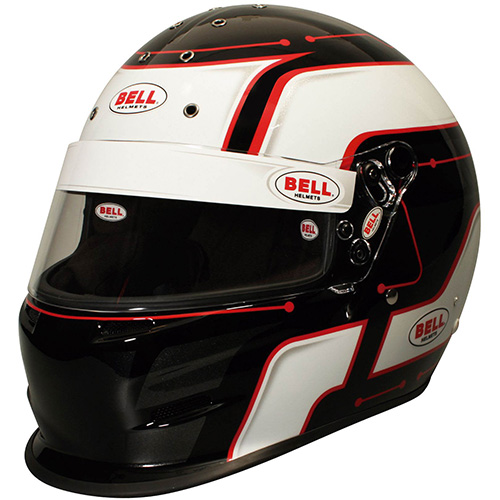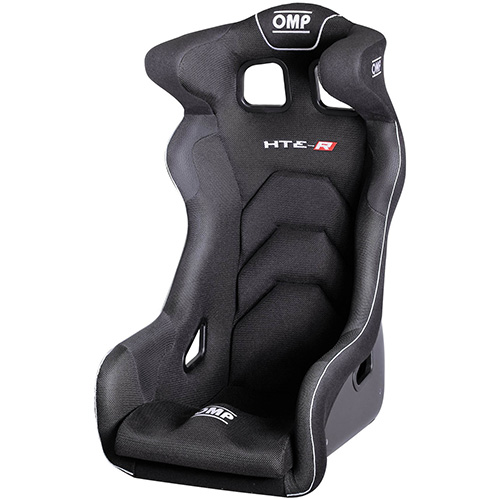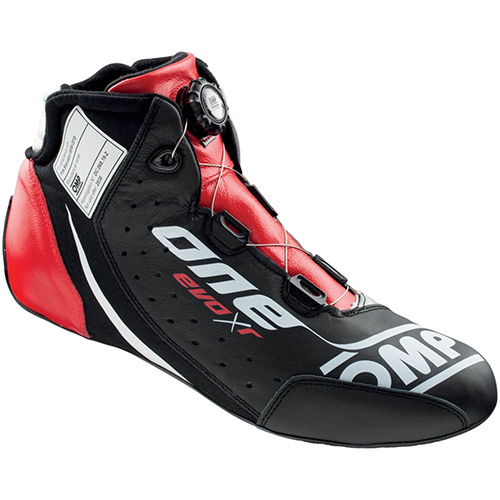Third Look: 2010 Nissan Altima 3.5 SR
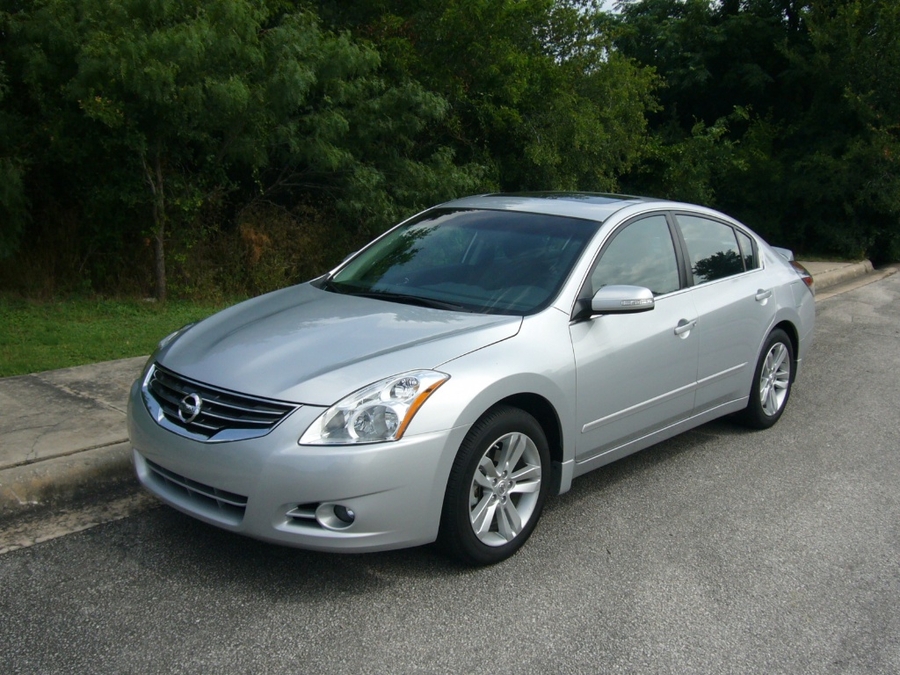
In spirit, this Altima stuck me as a rather “American” car. Sure, the final assembly point is Smyrna, Tennessee, but that’s not what I’m talking about. I mean that the overall Gestalt of the car struck me as consistent with what the former Big Three have done well over the years.
First off, the Altima is a pretty roomy car. The back seat is more than adequate for six-footers, with ample headroom and legroom. You could buy a mid-sized Euro sedan (A6, 5 series) and get a smaller back seat. To amplify that sense of room, the trunk is spacious and the rear seatbacks fold down so that you can carry longer cargo.
The suspension tuning feels “American” too. The springs are soft, and the Altima with sport package gets something of a magic carpet ride going – you don’t feel like the car tracks every bump and ripple but rather it “flies” over the surface. But Nissan has put some reasonably stout anti-roll equipment on board, and the dampers are on the tight side, so the car doesn’t float or wallow. Other cars we’ve driven recently that try for this sort of feel include the Ford Mustang GT, Chevrolet Malibu, and Porsche Panamera. The Altima and those cars don’t feel the same by any means, but their overall ride/handling philosophies are directionally similar. By contrast, the Mazda6 the Audi A4, as examples, take a firmer approach though with varying levels of roll control (lower in the Mazda6, higher in the A4).
I enjoyed the Altima’s handling, but it does feel less connected that some other cars. If you live in an area with marginal road surfaces, the Altima could be ideal. You simply aren’t jolted with as many signals that the car is upset by the road as you might be in a much stiffer car. That said, on smoother roads, the Altima doesn’t deliver as much information as you might want.
The surprise in the Altima comes from the powertrain. To be blunt, many of the WR staffers despise continuously variable transmissions (CVTs). They seem unresponsive and are usually accompanied by a droning soundtrack that makes you want to scream. Although the Altima has a CVT, it has a pretty potent V-6. That seems to allow a CVT tuning setup that works much better than average.
The Altima feels more than adequately powerful, with good mid-range pull. The CVT allows revs to rise over time so the car has a nice character as you accelerate. It works almost as if you had a one-speed transmission.
So, an amply-sized car with a smooth suspension and good power, a description that sounds American in spirit. Of course, Honda and Toyota have cars somewhat like this. My impression was that the Altima was a smidge more roomy and definitely more interesting to drive.
On a closing note, it is interesting in the context of this “American car” discussion to compare the $30k Altima with the late Pontiac G8 GT. The prices are about the same. But the Pontiac is (was?) roomier, firmer and more communicative. Because the Pontiac has a longer wheelbase, the dynamics are different, but the Pontiac feels more sophisticated. So, by that measure, the Altima is kind of American, but not fully there. Of course, you can’t buy the Pontiac anymore. A shame, really, that brands matter so much.
